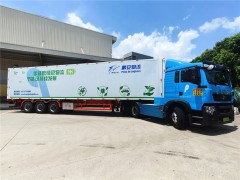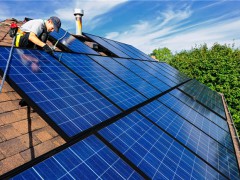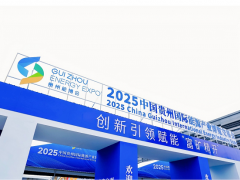據世界天然氣6月3日報道,國際天然氣聯盟(IGU)在其6月3日發布的《2021年世界液化天然氣報告》中估計,全球約有89240萬噸/年的液化產能有待最終投資決定。據天然氣行業協會估計,另有1.373億噸/年的天然氣正在建設中或已獲批開發,其中,美國的液化天然氣項目占39.4%,即3.516億噸/年;加拿大占25.5%,即2.779億噸/年;澳大利亞和俄羅斯分別為5.6%和4.9%。
然而,IGU指出,大部分未得到最終投資決定的項目可能不會取得進展。考慮到2020年疲軟的經濟形勢,開發商已經放棄了資本密集型的液化天然氣項目,這使小型液化天然氣項目成為人們關注的焦點,因為在更廣泛的液化天然氣行業中,這仍是一個不斷增長的領域,具有巨大的潛力。
IGU解釋稱:“美國擬建項目的大部分產能,主要是受過去幾年美國頁巖氣產量增長的推動。雖然大多數正在運營的美國液化天然氣項目都是棕地改造項目,但目前擬議的美國液化天然氣項目主要是綠地項目,包括多個中小規模的液化天然氣生產線,將分階段交付。”
加拿大的大部分產能(1.793億噸/年)位于不列顛哥倫比亞省的太平洋西海岸,比美國墨西哥灣海岸的競爭對手更接近亞洲市場,這意味著更低的運輸成本。
IGU表示:“這是加拿大西海岸擬議的液化天然氣出口項目數量增加的關鍵驅動力,盡管多數項目仍處于早期開發階段。由于嚴格的環境標準,這些液化天然氣出口項目采用了各種策略來減少碳排放,以符合環境法規。”例如,基蒂馬特液化天然氣和Woodfibre液化天然氣項目將由水力發電提供動力,而加拿大液化天然氣項目的第三和第四條生產線將在液化過程中使用天然氣渦輪機,以盡量減少燃料使用。
王佳晶 摘譯自 世界天然氣
原文如下:
892MN MT/YR OF GLOBAL LNG CAPACITY AWAITING SANCTION: IGU
There is some 892.4mn metric tons/year of liquefaction capacity awaiting final investment decisions (FIDs), the International Gas Union has estimated in its World LNG Report 2021, published June 3. A further 137.3mn mt/yr is either under construction or has been sanctioned for development, the gas industry association estimates.
However, the IGU notes that a "large portion of the pre-FID projects are likely not to progress. Given the weak economic landscape in 2020, developers have pushed back on capital-intensive pre-FID liquefaction projects and reinstated their strategies." It adds "this puts small-scale LNG in the spotlight as it remains a growing segment within the wider LNG sector with significant potential."
The US accounts for 39.4%, or 351.6mn mt/yr of the pre-FID capacity, while Canada accounts for 25.5%, or 227.9mn mt/yr. A further 5.6% is in Australia and 4.9% in Russia.
"The large inventory of proposed US projects is primarily driven by the growth in shale gas output in the US over the past few years," the IGU explains. "While most operational US LNG projects are brownfield conversion projects, the currently proposed US LNG projects are mainly greenfield projects that consist of multiple small-to-mid scale LNG trains delivered in a phased manner."
The majority of the capacity in Canada, 179.3mn mt/yr, is on the Pacific west coast of British Columbia, which is closer to Asian markets than rival schemes in the US Gulf Coast, meaning lower shipping costs.
"This is a key driver for the increase in the number of of proposed LNG export projects on the Canadian west coast, although most remain in early development stages," the IGU says. "Due to strict environmental standards, these LNG export projects have adapted various strategies to reduce their carbon emissions to comply with environmental regulations."
The Kitimat LNG and Woodfibre LNG projects will be powered by hydroelectricity, for example, while the third and fourth trains of LNG Canada will use natural gas turbines for the liquefaction process in order to minimise fuel use.
免責聲明:本網轉載自其它媒體的文章,目的在于弘揚石化精神,傳遞更多石化信息,并不代表本網贊同其觀點和對其真實性負責,在此我們謹向原作者和原媒體致以敬意。如果您認為本站文章侵犯了您的版權,請與我們聯系,我們將第一時間刪除。







